
Capturing breathtaking views with aerial drone photography
Aerial drone photography has revolutionized the way we capture breathtaking views. With advancements in drone technology, photographers can now capture images from previously impossible angles. This article explores the evolution of aerial drone photography, including how to choose a suitable drone for aerial photography, mastering aerial photography techniques, exploring stunning locations, and editing and enhancing aerial drone photos.
Key Takeaways
- Aerial drone photography has made capturing breathtaking views more accessible and versatile.
- Drones allow photographers to capture images from previously impossible angles and perspectives.
- Understanding different types of drones and their key features is essential in choosing a suitable drone for aerial photography.
- Mastering aerial photography techniques, including composition, drone control, and handling lighting challenges, is crucial for capturing perfect shots.
- Exploring stunning locations and finding unique perspectives can elevate aerial drone photography to the next level.
The Evolution of Aerial Drone Photography

From Kites to Drones: A Brief History
In recent years, the use of drones in various industries has significantly increased thanks to their ability to capture stunning aerial footage that was previously unattainable. Drone footage has revolutionized the landscape of modern filmmaking, providing filmmakers, photographers, and enthusiasts with a thrilling and creative way to capture breathtaking moments from unique angles and perspectives. As the popularity of drone technology continues to grow, adventurers, artists, and filmmakers are exploring the boundaries of what is possible with drone photography. The wonders of drone photography are opening up a world of creative possibilities for both hobbyists and professionals.
Advancements in Drone Technology
As drone technology continues to evolve, we can expect drones to become even more sophisticated, offering better image quality, longer flight times, and more intuitive controls. This will undoubtedly open up new possibilities for capturing and sharing our world from above.
Embracing the Sky-High Potential
With continuous technological advancements, drones are becoming more than just a tool for capturing aerial footage. They are transforming how we see the world and pushing the boundaries of creativity. Here are some critical advancements in drone technology:
- Improved Image Quality: Drones now have high-resolution cameras that capture sharp, detailed photographs and videos.
- Extended Flight Times: Thanks to advancements in battery technology, drones can now stay airborne for longer, enabling more extensive aerial photography sessions.
- Intuitive Controls: Modern drones are designed with user-friendly controls, making it easier for photographers to navigate and control the drone while capturing shots.
As drone technology continues to advance, the possibilities for aerial photography are becoming limitless. With better image quality, longer flight times, and more intuitive controls, photographers can capture breathtaking views with ease and precision.
The Impact of Aerial Drone Photography on the Photography Industry
The impact of drone photography extends beyond the realm of art. In real estate, drones capture stunning images of properties, giving potential buyers a unique view of their future homes. In agriculture, drones help monitor crops and identify areas that require attention, improving efficiency and reducing costs. Drones have revolutionized aerial cinematography in the film industry, allowing filmmakers to capture breathtaking shots that were once only possible with expensive equipment. The versatility and accessibility of drone photography have opened up a world of creative possibilities for both hobbyists and professionals.
Choosing the Right Drone for Aerial Photography

Understanding Different Types of Drones
A variety of drones are available, each with its unique features and capabilities. Some drones are designed for aerial photography and filming, while others are more suited for recreational use. Once you have chosen a suitable drone, you must learn how to fly it safely and effectively. This will involve practicing basic maneuvers, such as takeoff, landing, and hovering, as well as more advanced techniques, including flying in different directions and adjusting the camera angle. When filming from high above with a drone, it is essential always to keep safety in mind.
Key Features to Consider
When selecting a drone for aerial photography, several key features should be considered. First and foremost, image quality is of utmost importance. Look for a drone with high-resolution capabilities and a suitable sensor for capturing sharp, detailed images. Another essential feature to consider is flight time. A longer flight time allows you to capture more footage without having to land and recharge the drone constantly.
Additionally, stability is crucial for getting clear and steady shots. Look for a drone with advanced stabilization technology to minimize camera shake and vibrations. Finally, range and connectivity are essential factors to consider. Make sure the drone has a sufficient range to reach the desired shooting locations and that it has reliable connectivity for seamless control and live streaming of footage.
Budget-Friendly Options for Beginners
When starting in aerial photography, it’s essential to consider budget-friendly options that still deliver quality results. Here are some affordable drones that are perfect for beginners:
| Drone Model | Price Range |
|---|---|
| DJI Mavic Mini | $399 |
| Holy Stone HS720 | $299 |
| Potensic D58 | $169 |
These drones offer a good balance between price and features, making them ideal for beginners. Additionally, it’s important to remember a few tips when choosing a budget-friendly drone:
- Look for drones with stabilization features to ensure smooth footage.
- Consider the drone’s flight time and battery life to maximize your shooting sessions.
- Check for camera quality and resolution to capture clear and detailed images.
Remember, investing in a budget-friendly drone doesn’t mean compromising on quality. With the right choice and some practice, you can capture stunning aerial shots without breaking the bank.
Mastering Aerial Photography Techniques

Composition and Framing
Composition with a drone is similar to that of any other camera. You must find a suitable subject and, perhaps, some supporting elements in the landscape, incorporating lines to connect different elements within the frame. One advantage of using a drone over a regular camera is its unique ‘birds-eye view, enabling you to effectively capture the flow of a river or the winding of a road. Despite the common tendency among drone photographers to fly at great heights, this approach may not always yield the most exciting images. It can often make capturing compelling shots more challenging. This is somewhat akin to using an extremely wide-angle lens, where there’s a risk of including too much clutter in the frame.
Controlling the Drone for Perfect Shots
Using a drone for photography is entirely different from using it for filming. While maintaining control is also essential, flying for photography is much easier than filming. Instead of designing a flight path, you can fly to the desired location, adjust the position and height, and capture the photo. This approach conserves a significant amount of battery life, extending the drone’s daily usability.
While flying can be enjoyable, it should serve a purpose. Avoid wasting battery on aimless flights. For photography, it’s straightforward: decide where you want the camera to be, fly there, fine-tune the position and height, and capture the image. Flying in circles with no purpose is less engaging and may be a nuisance for bystanders.
Dealing with Lighting Challenges
When dealing with lighting challenges in aerial drone photography, it is essential to consider the type of drone you’re using and its limitations. Some drones may have restrictions on using high ISO settings without introducing noise, or the aperture may be fixed, leaving you with only shutter speed and ISO to achieve the proper exposure. However, these restrictions can be easily overcome for photography purposes. Composition with a drone is similar to that with any other camera, where you must find a suitable subject and incorporate supporting elements into the landscape. Adjusting your camera settings to suit the lighting conditions is crucial for capturing the best possible footage. Shooting during golden hour, just after sunrise or before sunset, can create stunning visuals. Experimenting with different camera modes can also help achieve unique effects and styles. Always comply with the legal requirements when flying a drone for videography purposes.
Exploring Stunning Locations for Aerial Photography

Capturing Urban Landscapes from Above
The popularity of aerial drone photography has soared in recent years thanks to its ability to capture breathtaking shots from an innovative perspective. At the forefront of this trend is the Bird’s Eye Perspective concept, which offers unparalleled fresh angles from above. This style of filmmaking, achieved using drones or other aerial equipment, provides a bird’s-eye view of landscapes and architecture that is impossible to reach from the ground. By utilizing aerial technology, filmmakers can provide viewers with a unique and dynamic experience that transports them from the mundane reality of their everyday lives into a mesmerizing world of creativity and visual wonder.
In industries such as real estate, tourism, and urban planning, Bird’s Eye Perspective has proven to be an effective tool for showcasing properties and highlighting key features that would have been difficult to capture using traditional ground-based techniques. It adds a new dimension to video productions and allows exploring vibrant cities like Los Angeles. Drone photography has revolutionized how we view and capture the beauty of cities, offering stunning and abstract compositions that challenge our perceptions of landscapes and architecture. With advancements in drone technology, photographers can now easily capture high-quality images, thanks to features such as advanced stabilization and high-resolution cameras.
Unveiling Natural Wonders
Drone videography has revolutionized the way tourists experience natural landmarks, including rugged mountains, active volcanoes, and deep canyons. Filming such vistas from the ground would be impossible; however, with drone voyages, filmmakers can get closer to the action and capture incredible footage that will take the viewer’s breath away. Accessing remote and dangerous locations is one of the most significant advantages of drone videography. It allows filmmakers to showcase these breathtaking locations through mesmerizing videography, providing viewers with a unique and dynamic experience that transports them into a mesmerizing world of creativity and visual wonder.
Finding Unique Perspectives in Famous Landmarks
Capturing aerial drone photos of famous landmarks allows photographers to showcase these iconic sites from a new perspective. Photographers can capture breathtaking views that are impossible to achieve from the ground by taking to the skies. The bird’s-eye view offers a fresh and innovative angle, highlighting the intricate details and grandeur of these landmarks.
When photographing famous landmarks, it is essential to consider the surrounding environment and find unique perspectives that haven’t been captured before. This can involve exploring angles, heights, and distances to create visually striking compositions. Additionally, techniques such as leading lines and framing can help draw attention to the landmark and build a sense of depth in the photo.
To make the most of your aerial drone photography at famous landmarks, here are some tips:
- Plan your shoot to ensure you have the necessary permissions and are aware of any applicable restrictions.
- Experiment with camera settings and exposure techniques to capture the best possible image.
- Take advantage of golden hour lighting for soft, warm tones and long, shadowy effects.
- Consider using filters to enhance the colors and contrast of your photos.
Remember, capturing unique perspectives in famous landmarks requires creativity and a willingness to explore new angles. With the right approach, aerial drone photography can transform these well-known sites into captivating works of art.
Editing and Enhancing Aerial Drone Photos

Choosing the Right Editing Software
When editing aerial drone photos, choosing the right software is essential. Elemental composition is a crucial aspect of creating visually appealing images. With the right editing software, you can enhance the colors and contrast of your photos, bringing out the beauty of the landscapes you capture. Additionally, you can remove unwanted objects from your photos, ensuring a clean and polished final result. Several editing software options are available, each with its features and capabilities. Here are some popular choices:
Enhancing Colors and Contrast
When it comes to enhancing colors and contrast in aerial drone photos, there are several techniques you can use to make your images truly stand out. One crucial aspect to consider is the use of post-processing software. By adjusting the saturation and vibrance levels, you can make the colors in your photos more vibrant and eye-catching. Additionally, you can use the contrast adjustment tool to enhance the tonal range and make the details in your images pop.
Another technique to consider is using graduated filters. These filters are designed to darken the sky while maintaining proper exposure of the foreground. Using a graduated filter, you can create a more balanced exposure and add depth to your photos.
Lastly, exploring different color grading techniques can also help enhance the colors and contrast in your aerial drone photos. Experimenting with various color palettes and tones can give your photos a unique and captivating look. Remember, the goal is to create visually stunning images that capture the beauty of the landscape from above.
Removing Unwanted Objects
One crucial task when editing aerial drone photos is removing unwanted objects from the frame. Whether it’s a stray tree branch, a distracting sign, or a passing bird, these elements can detract from the overall composition of the image. By selecting the appropriate editing software, you can easily remove these unwanted objects and create a clean, polished final image. Using tools like the Clone Stamp or Content-Aware Fill, you can seamlessly remove unwanted elements while preserving the integrity of the surrounding area. This allows you to create a pleasing photo that captures the breathtaking views without distractions.
Conclusion
In conclusion, aerial drone photography has revolutionized the world of photography by providing new perspectives and creative possibilities. With advancements in drone technology, photographers can capture breathtaking views from previously impossible angles. The artistic aspect of drone photography allows for the creation of stunning and abstract compositions that challenge our perceptions of landscapes and architecture. Additionally, the accessibility and versatility of drones have made aerial photography more accessible to both hobbyists and professionals. As drone photography continues to evolve, it will undoubtedly continue to shape the photography industry and inspire photographers to push the boundaries of their creativity.
Frequently Asked Questions
What is aerial drone photography?
Aerial drone photography is the practice of capturing images and videos from a high vantage point using a drone, which is an uncrewed aerial vehicle.
What are the benefits of aerial drone photography?
Aerial drone photography offers several benefits, including capturing unique perspectives, accessing hard-to-reach locations, and creating stunning aerial shots.
What types of drones are used for aerial photography?
Various types of drones are used for aerial photography, including quadcopters, hexacopters, and octocopters. Each type has its advantages and capabilities.
What features should I consider when choosing a drone for aerial photography?
When selecting a drone for aerial photography, key features to consider include camera quality, flight time, range, stability, and maneuverability.
Do I need a license to fly a drone for aerial photography?
In many countries, including the United States, obtaining a license or certification is required to fly a drone for commercial purposes, which includes aerial photography.
What are some tips for capturing stunning aerial drone photos?
To capture stunning aerial drone photos, paying attention to composition and framing is essential, as controlling the drone for perfect shots and being mindful of lighting challenges is essential.
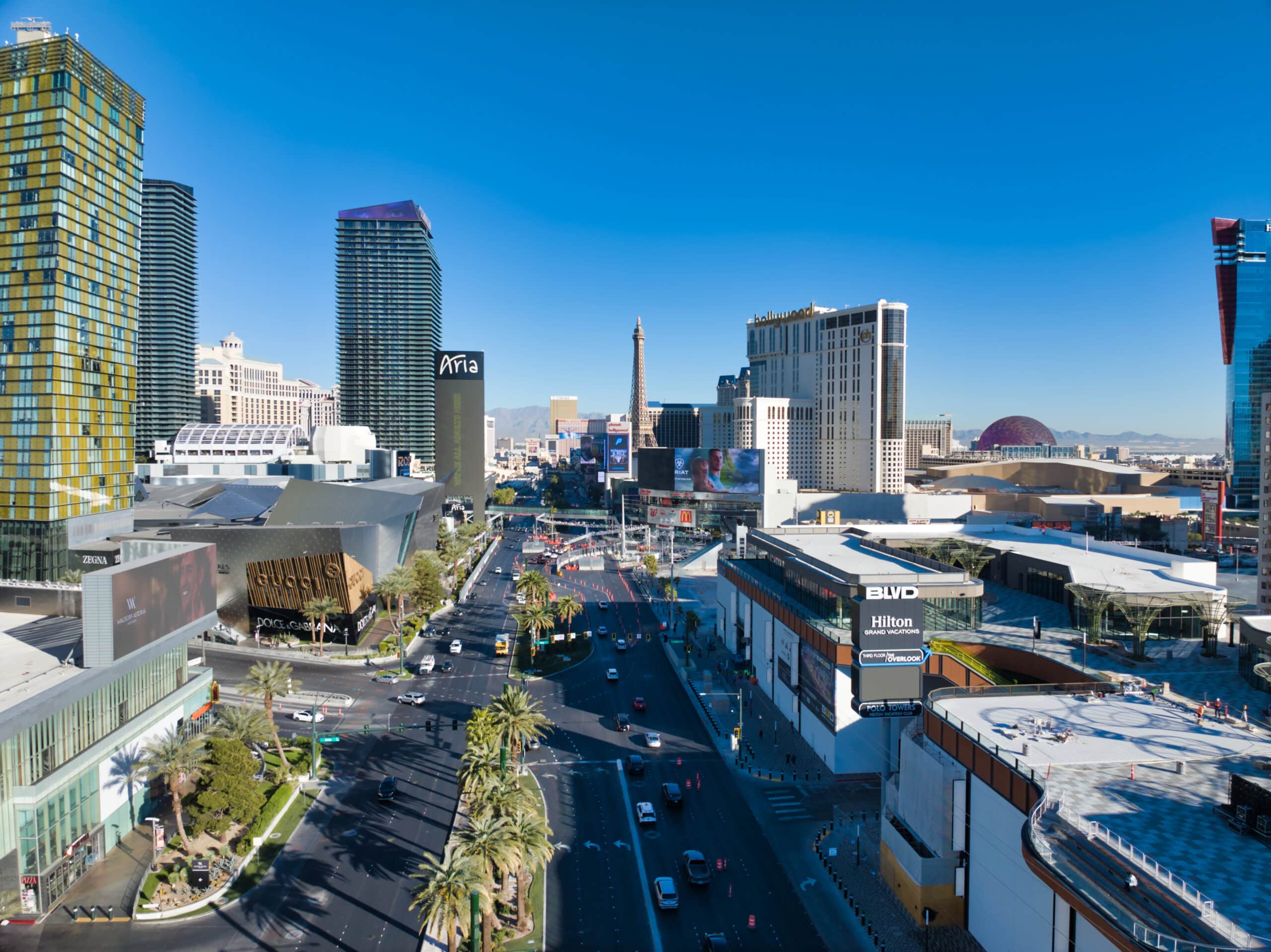
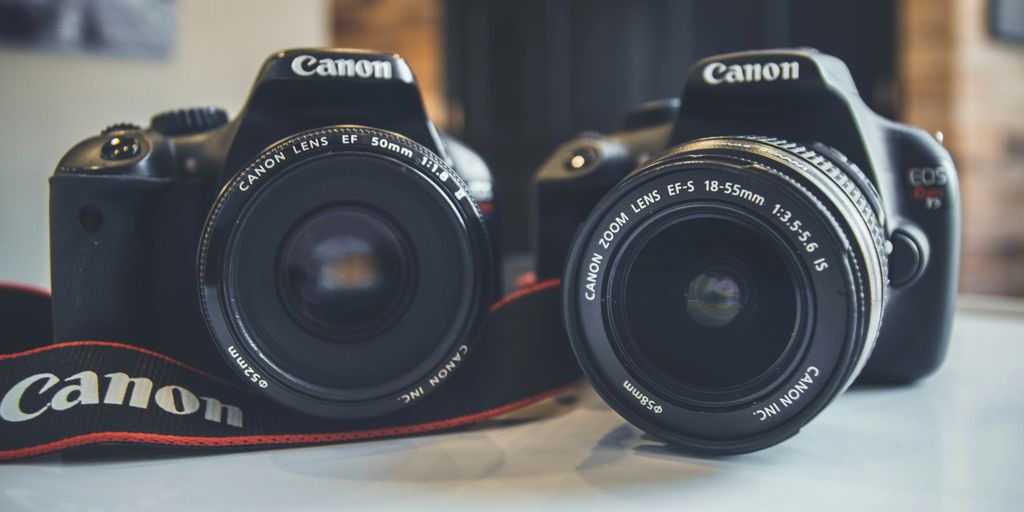
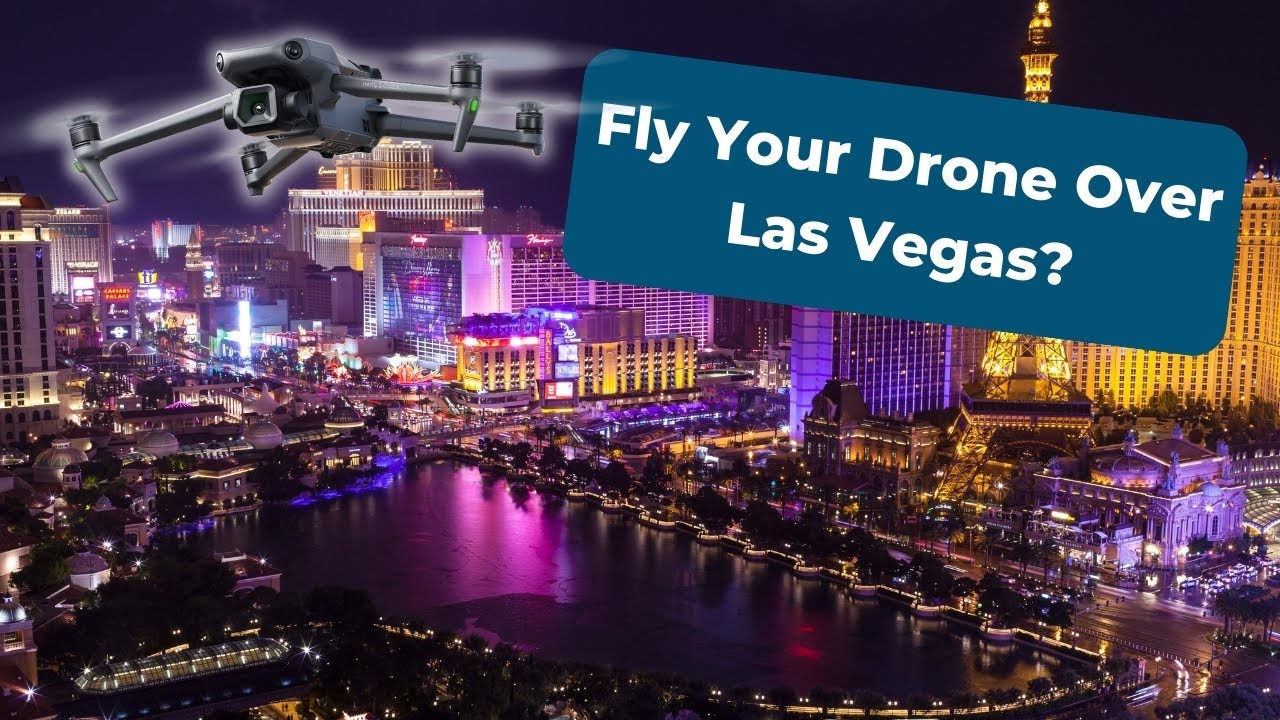
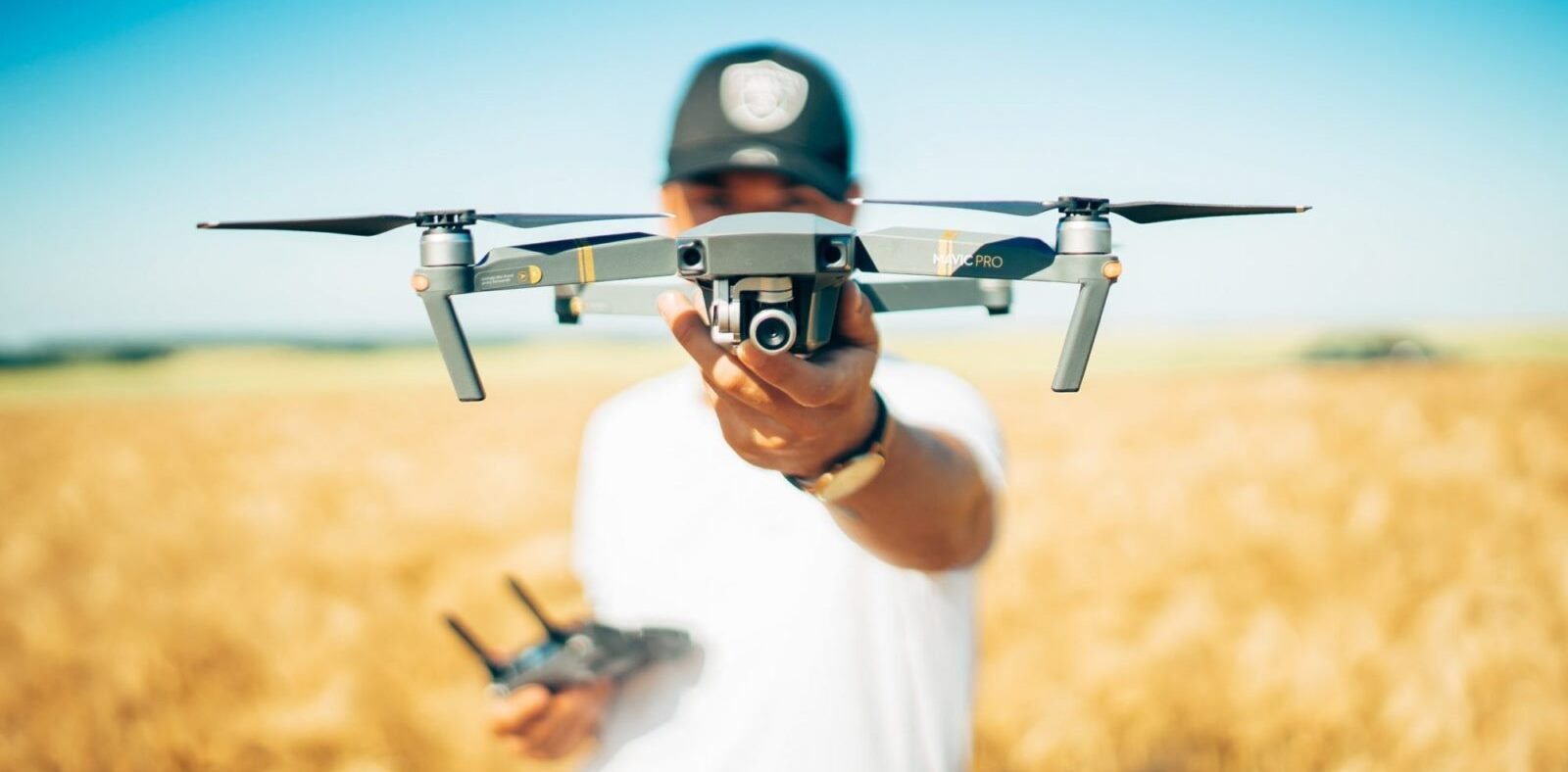
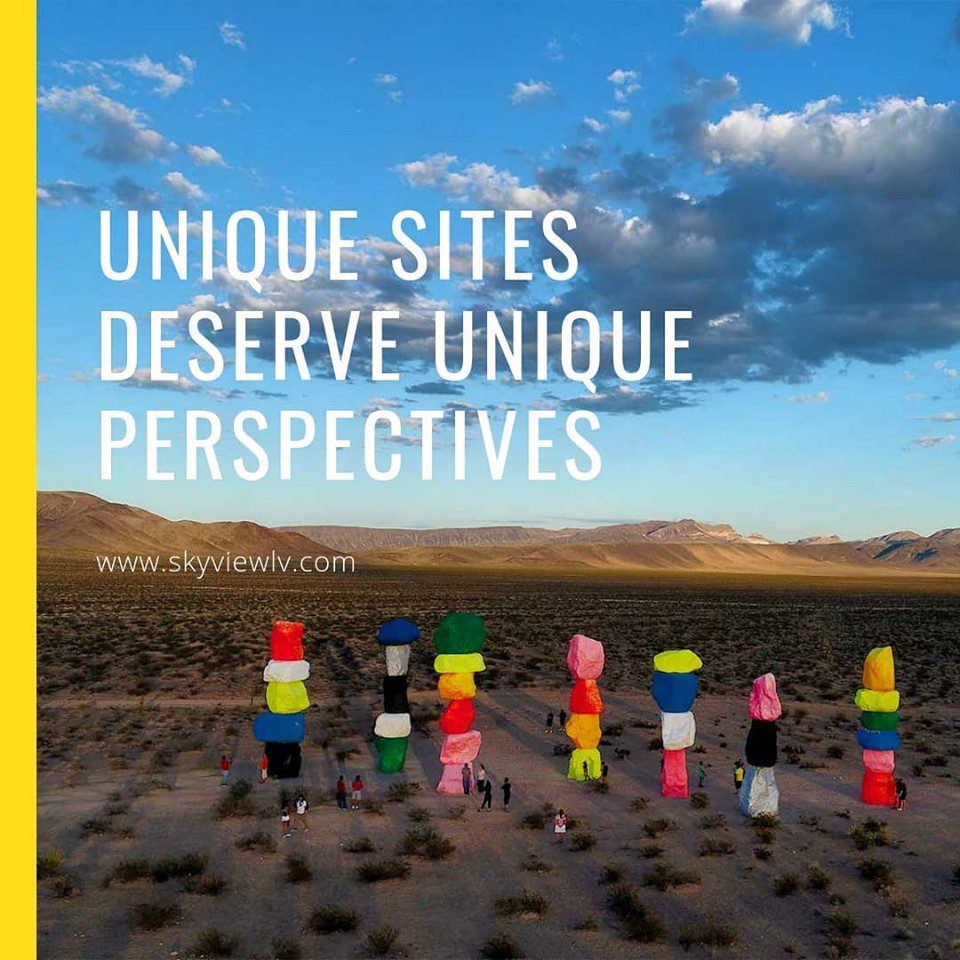
Leave a Reply